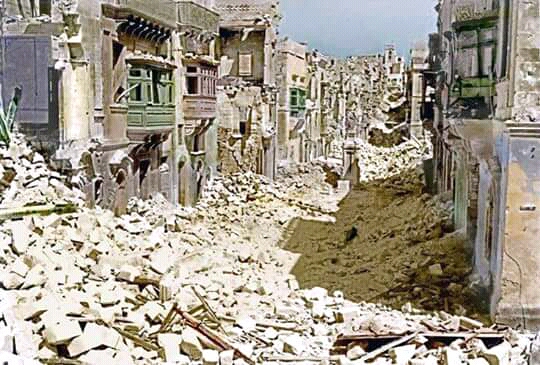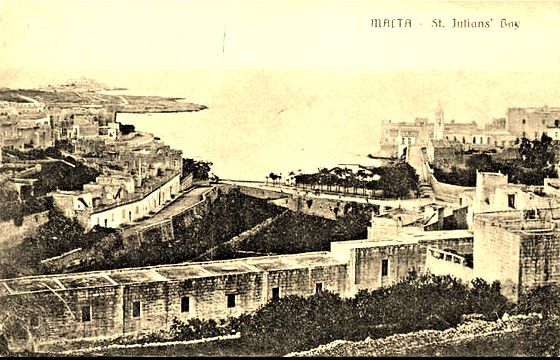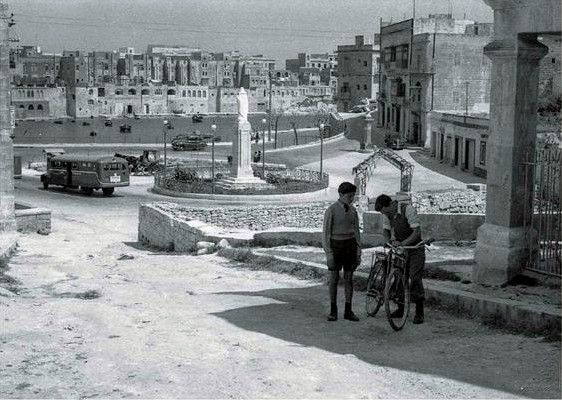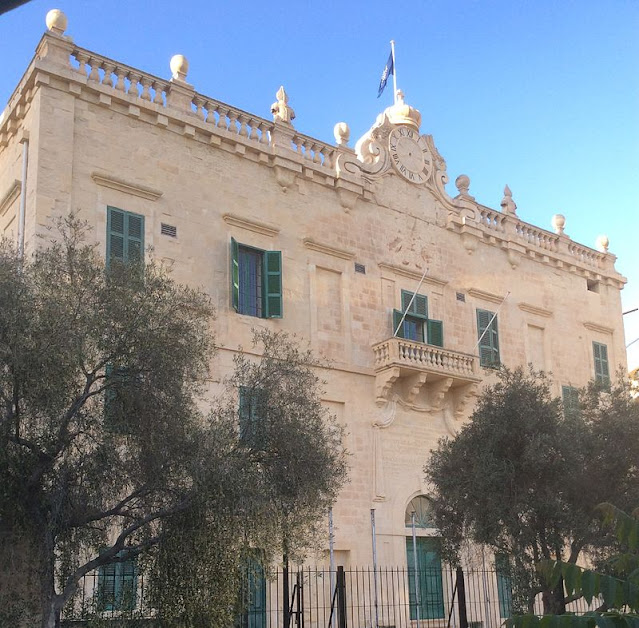I had a friend many years ago who I used to tease about her matching bedspreads, curtains and pillowcases. She laughed along with me and then explained her childhood had been something altogether different. Her mother had died of breast cancer and the four girls were left with an alcoholic father. When he became drunk, he became violent and his favourite activity for my friend, as a young girl, was to make her run the full length of the room and bang her head on the far wall. If she didn’t do it hard enough, he became furious. If she cried, he became even angrier. It seemed a very cruel act towards a very small vulnerable child who was missing her mother.
They slept on beds with coats no sheets no duvets and somehow it suddenly made sense that as a married woman, she wanted her own child to sleep in clean sheets that matched everything beautifully. I was shocked beyond belief that my remark could have triggered such deep hurtful memories of a childhood cursed with alcoholism. Seeing my expression, she hurried to explain that the thing that gave her hope during those dark days was a book entitled ‘The Lives of the Saints’. My friend said this was her daily reading material and it inspired her. She grew to know about wonderful lives, like Saint Francis of Assisi and his love for animals and people. She read and reread these stories and as she described their effect her face became full of joy. I suddenly saw how, even in the midst of misery and suffering, the lives of the saints had shed a light on a spiritual path that led out of the darkness.
St Jerome (347 AD - 420 AD) was born in modern-day Bosnia and Herzegovina but found himself a student in Rome. While young he enjoyed sexual experimentation among the students of that city and yet felt afterwards incredible feelings of guilt. In order to make his conscience feel better, he would visit the dark catacombs. This would remind him of the perils of hell and seeing the gravestones of the martyrs and the apostles reminded him that he should choose a better path. He wrote of this experience later, quoting Virgil,
“On all sides round, horror spread wide; the very silence breathed a terror on my soul”.
However hard he endeavoured to become a member of the local Christian community he inevitably fell out with the leaders describing them as blind men leading other blind men into a pit as in the biblical parable. Such disunity was also apparent in his family where he had accused his sister of behaving abominably and this caused a rift with other family members. Another significant personal crisis in his own life emerged and he felt his reputation had been sullied. No one knows what actually happened, but he had evidently done something so shocking and offensive and completely unforgivable in the eyes of the local community of nuns that they never replied to any of his letters begging forgiveness despite his admission of his wrongdoing and asking for their pardon.
Eventually seized with a desire for spiritual growth and penance he travelled to a desert and there lived with many other hermits on spiritual path in utmost poverty in holes and caves. One hermit was said to have lived for 30 years on a diet of barley bread and muddy water. The idea of all this torment was to subdue their bodies, break their will and eradicate every carnal desire. To that end, eating and drinking were kept to a minimum and they would even take steps to make sleep very difficult.
Saint Jerome, during this time, wrote many letters to those that he had offended in the past and to beg for forgiveness. Unfortunately, anyone who did not forgive him, was written another letter viciously attacking them. Gradually he learnt that even among the hermits in the surrounding area he was unpopular. He wrote to the Pope explaining the situation. It is interesting that his main complaint was how argumentative everyone around him was! This period in the desert left him with a dislike of monks, hermits and spiritual people who he saw as often being filled with hypocrisy and arrogance. When he left the desert, he chose to live with a dear friend whose hospitality he depended on for an entire year.
During this time, he chose to write a biography of an early Saint, who had lived to the amazing age of 105, in which he strongly disagreed with that already well-written by his friend and host on the same topic. The prolonged visit inevitably ended with his friend falling out with him and requesting him to leave. A pattern surely emerges of someone who could not get on with his own family, his own religious community, could not get on with those nuns, could not get on with his neighbouring hermits in the desert, and even couldn’t get on with a hospitable friend who had generously accommodated him for a year for free.
Fortunately, St Jerome won funding from the pope to undertake translation work on the Bible at which he showed real talent. As a result of this, St Jerome at last found himself fashionable and much sought after, particularly by elderly women of wealth seeking a spiritual path. Some wrote to him for advice and he encouraged them to take the course of rigorous chastity and self-mortification. St Jerome felt that women had dangerous desires and appetites that needed to be repressed and suppressed. His basic reasoning was as follows, since eating the forbidden apple in Eden (largely Eve’s fault) caused Adam’s fall, then logically fasting must be the path to chastity and salvation for women. He argued this so successfully to one of the daughters of a particular widow the teenager proceeded to starve herself and died within four months. At her funeral her mother fainted in distress at the loss. A horrible letter exists from St Jerome to the mother berating the widow for making such a scene at the graveside. He did not even spare the biblical prophets, remarking that the quality of their rhetoric made his skin crawl.
By now like me perhaps you are disliking this saint a little? It is fairly common now to attack people alive and dead and to use all information available, real or made up as ammunition. In St Jerome’s case, a very real character emerges that while missing on social skills had a dedication and devotion that left a lasting legacy. There can be no doubt that he was a prolific biblical scholar, who wrote wide-ranging commentaries on numerous books of the Bible and strengthened the quality of his translation by referencing both the original Hebrew and Greek texts. I suspect all of us have our flaws and strengths and too often we learn to distract ourselves from our own failings by focusing on the vices of others. Part of the beauty in examining the lives of the saints is that they not only painfully remind us of our own weaknesses, but also inspire a powerful urge to choose a better and more noble path forward.















